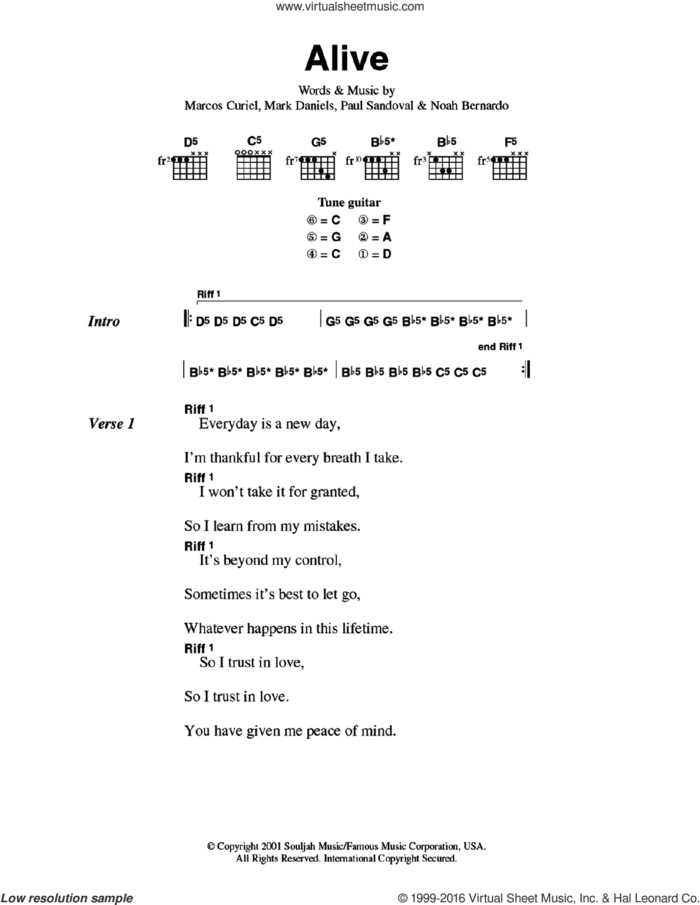
Unlike with some other chords, you don’t play many strings with these. This gives you the added benefit of being able to use your ring or pinky to play the classic Chuck Berry rock and roll riff. All the time your fingers are developing muscle memory, and protective calluses.Ī final option is to use your index and middle finger. It may take your hands some time to get used to the positioning and the friction of the guitar strings however, keep practicing and it will quickly become easy. It’s probably the easiest one to move around, but if you’re not used to using your little finger, it can feel weird. Your index finger pushes down on the root note, whilst your pinky barres the fifth and the octave. The index and pinky way is just like the index and ring finger way of playing a power chord. However, your ring finger can now cover the fifth and the octave. Like with the three-fingered shape, your index finger should play the root note. If you’re okay barring with your ring finger, this way might suit you more. Your index finger on the root note, your ring finger should push down on the fifth and your pinky on the repeated root note. See how we can play the same C5 chord using the A string as your root: Note: the chord shape doesn’t change Fingers Positions Either way, the chord shape stays the same, wherever you are on the guitar neck. Where you play it on the fretboard depends on the song you’re playing and which position it makes sense to get into. You can choose whether you play your power chord with the root note on the E string or on the A string.

Then you play it like this: Using the A String Let’s say we’re in the key of ‘C’, on the E string. We’re going to focus on the two main ways to locate these chord, which is using the E or the A string. It’s the same as above, only the root is doubled an octave up (an eighth note) giving it a meatier sound.

The three-note chord is the most common type. This power chord shape is played with just two fingers. This two-note power chord only uses the first and fifth notes of a scale (it doesn’t repeat the eighth root note). The root note is often repeated (called the ‘eighth note’) to fill out the sound (but not always, as we’ll see below).

If we look at notes in the key of C, we see the C5 notes come from the root and the fifth note. Power chords can be spotted easily as they have a ‘5’ in the title – for example ‘C5’ stands for a power chord in C. A power chord is named after its first or ‘root’ note.


 0 kommentar(er)
0 kommentar(er)
